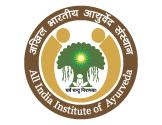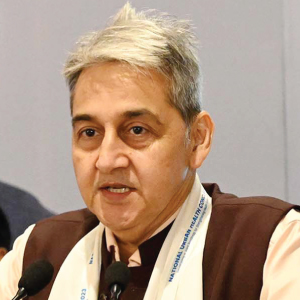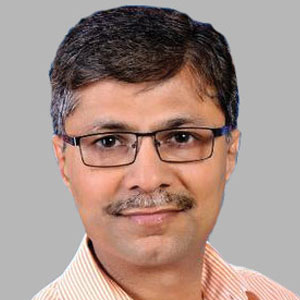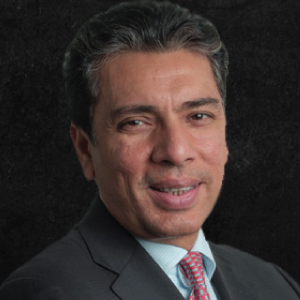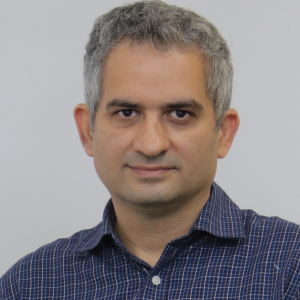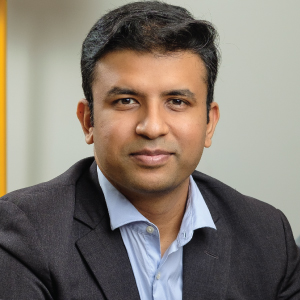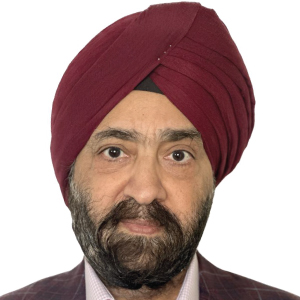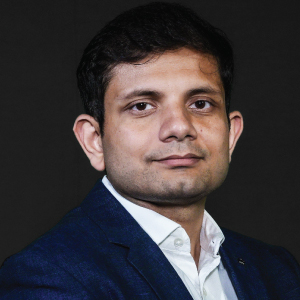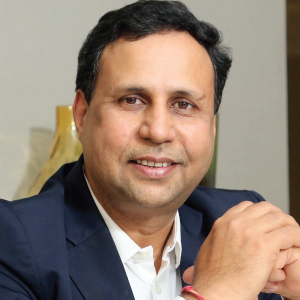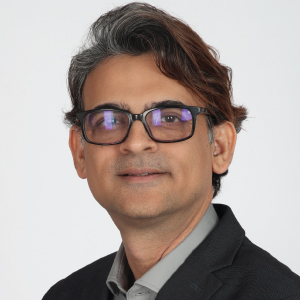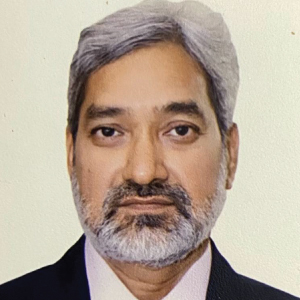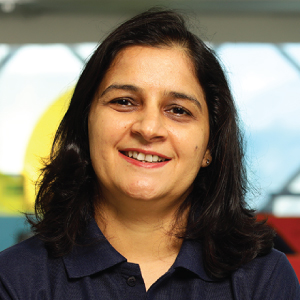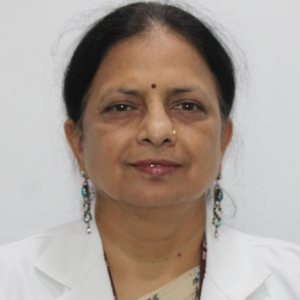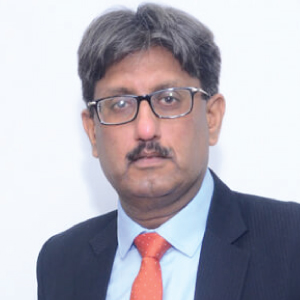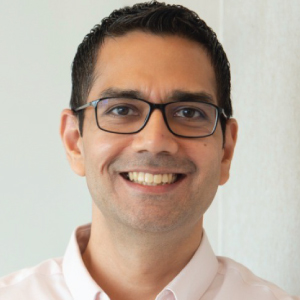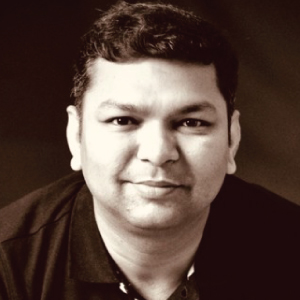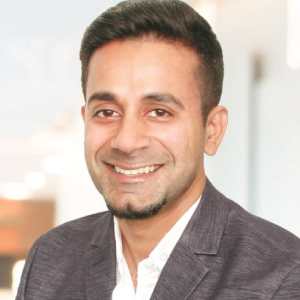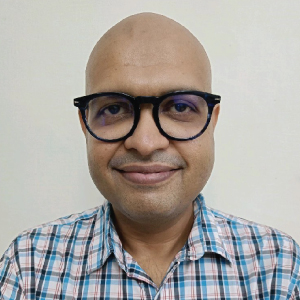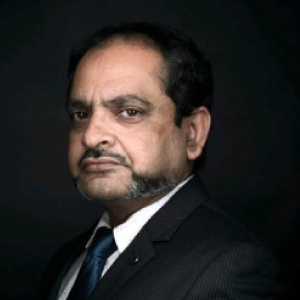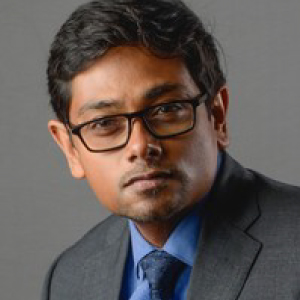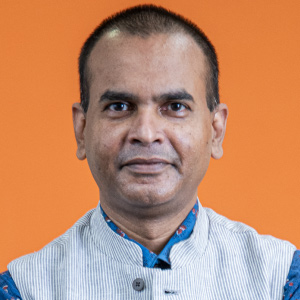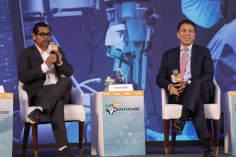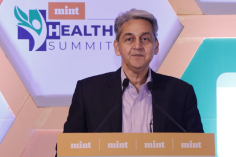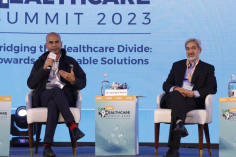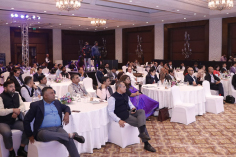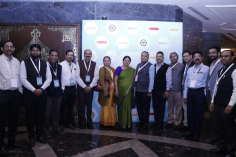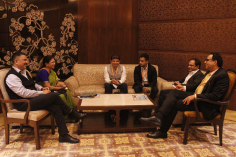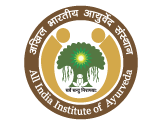Introduction
Healthcare in India has two faces, one of plush and high-tech private hospitals and healthcare centres in metros and large towns, and the other of government-run healthcare centres all over the country. The government-run facilities are always under extreme pressure, with more patients streaming than they can handle, dilapidated living conditions and creaking equipment, doctors and nursing staff who are stretched to the end of their tether at all times, and volatile patients and their families who frequently resort to violence and intimidatory measures when faced with dire situations.
This face of Indian healthcare took on a decidedly ugly face during the two years of the Covid-19 pandemic, especially during the first two waves, when Covid vaccinations were still not done. The shortage of beds, doctors, nurses and oxygen crippled the system, and the battle took a mental toll not only on patients but even doctors, nurses, and managers of India’s hospitals. Since then, things have improved, and India handled the third and fourth waves of Covid-19 very well, and the vaccination program has also been effective.
But there are several challenges that remain extant. A population of 1.4 billion, a large chunk of which is poor and cannot afford to pay for healthcare or even for medical insurance, is at the crux of the problem. A crumbling public healthcare infrastructure, not only in villages and small towns, but even in larger cities and metros, has made healthcare access on time very difficult. Estimates suggest the ratio of allopathic doctors to people in India is 1:1511. Plus, there is always a shortage of funding, wide disparity in quality between urban and rural facilities, not enough insurance coverage, low understanding and awareness of preventive care, delays in diagnosis, etc.
While there has been a lot of concerted effort both by the government and private industry, yet it simply has not been enough. Lifestyle changes have also contributed to an increase of diseases such as cancer, heart attacks, among other things. To deliberate on these challenges and work towards long-term solutions, Mint brings together experts across all stakeholders in the ecosystem, for a day of brainstorming and sharing of ideas.
Agenda
-
2:00 PM – 3:00 PM
Guest Registrations & Lunch
-
3:00 PM – 3:10 PM
Welcome Address
Ravi Krishnan, Editor-in-Chief, Mint
-
3:10 PM – 3:40 PM
Keynote address - AYUSH: India's gift to the world
Vaidya Rajesh Kotecha, Secretary, Ministry of Ayush
-
3:40 PM – 4:00 PM
Fireside Chat - Super speciality hospitals: Challenges and the way forward
Speakers:
Dr. Upasana Arora, CEO and Managing Director, Yashoda Super Speciality Hospitals
Moderator: Alokesh Bhattacharyya, Deputy Managing Editor, Mint
-
4:00 PM – 5:00 PM
Panel Discussion - Insuring the uninsured: Health insurance's penetration challenge
Speakers:
Mayank Gupta, COO & Co-Founder, Zopper
Dr. Bhabatosh Mishra, Director- Product, Underwriting & Claims, Niva Bupa Health Insurance
Shilpa Arora, Co-Founder & COO, Insurance Samadhan
Rishi Mathur, Chief Distribution Officer – Alternate Channels and Chief Strategy Officer, Canara HSBC Life Insurance
Moderator: Aprajita Sharma, Assistant Editor, Mint
-
5:00 PM – 5:30 PM
Fireside chat - High tech with scale: The future of healthcare
Speaker:
Vishal Bali, Executive Chairman, AH Holdings
Moderator: Goutam Das, Editor Long Story, Mint Primer
-
5:30 PM – 6:00 PM
Tea Break
-
6:00 PM – 6:40 PM
Panel Discussion - Healthtech's cost-cutting and scaling-up imperatives
Speakers:
Ashish Venkataramani, Partner, Eight Roads Ventures
Prashant Tandon, CEO & Founder, Tata 1mg
Shashank N.D., Co-Founder & CEO, Practo
Gautam Chopra, Co-Founder and CEO, BeatO
Moderator: Sneha Shah, Senior Assistant Editor, Mint
-
6:40 PM – 7:30 PM
Panel Discussion - Indian Healthcare: Challenges and opportunities of the future
Speakers:
Dr. Mahipal S Sachdev, Chairman and Managing Director, Centre for Sight
Vivek Srivastava, Co-Founder and CEO, HCAH India
Dr. Om Manchanda, Managing Director, Dr Lal PathLabs
Aryaman Tandon, Managing Partner and Co-Founder, Praxis Global Alliance
Prof. Tanuja Manoj Nesari, Director, All India Institute of Ayurveda
Moderator: Alokesh Bhattacharyya, Deputy Managing Editor, Mint
-
7:30 PM – 8:00 PM
Fireside Chat - The next pandemic. Are we ready?
Speakers:
Dr Kaushal K Verma, Dean (Research), AIIMS
Moderator: Utpal Bhaskar, Assistant Managing Editor, Mint
-
8:00 PM – 8:30 PM
Keynote address - What Indian Healthcare Needs: The Policy Perspective
Shri Sudhansh Pant, Secretary, Ministry of Health and Family Welfare
-
8:30 PM – onwards
Networking, Dinner & Cocktails
Guests of Honour
Shri Sudhansh Pant
Secretary, Ministry of Health and Family WelfareSpeakers
Shri Vaidya Rajesh Kotecha
Secretary, Ministry of AYUSHVishal Bali
Executive Chairman, AH HoldingsPrashant Tandon
Founder & CEO, Tata 1mgShashank ND
Co-Founder and CEO, PractoDr. Mahipal S Sachdev
Chairman and Managing Director, Centre For SightVivek Srivastava
Co-Founder and CEO, HCAH IndiaDr. Om Manchanda
Managing Director, Dr. Lal PathLabsDr. Bhabatosh Mishra
Director- Product, Underwriting & Claims, Niva Bupa Health InsuranceGautam Chopra
Co-Founder and CEO, BeatODr. Kaushal K Verma
Dean (Research), AIIMSShilpa Arora
Co-Founder & COO, Insurance SamadhanProf. Tanuja Manoj Nesari
Director, AII India Institute of AyurvedaRishi Mathur
Chief Distribution Officer - Alternate Channels and Chief Strategy Officer, Canara HSBC Life InsuranceDr. Upasana Arora
CEO and Managing Director, Yashoda Super Speciality HospitalAshish Venkataramani
Partner, Eight Roads VenturesMayank Gupta
COO & Co-Founder, ZopperAryaman Tandon
Managing Partner and Co-Founder, Praxis Global AllianceRavi Krishnan
Editor-in-Chief, MintAlokesh Bhattacharyya
Deputy Managing Editor, Mint (Moderator)Aprajita Sharma
Assistant Editor, Mint (Moderator)Goutam Das
Editor Long Story, Mint Primer (Moderator)Sneha Shah
Senior Assistant Editor, Mint (Moderator)Utpal Bhaskar
Assistant Managing Editor, Mint (Moderator)Event Video
Key Areas of Focus
The Covid-19 Impact
Gaps, focus diversion, long-term consequences
Industry Challenges
Financial strain, delays, rising costs
Insurance Penetration
Cost alleviation for patients
Addressing Issues
Infrastructure, staff, cost, supply chain for hospital progress
Health-tech Startups
Last-mile care: delivery, diagnostics, personalized solutions, video consultations
Trust Building
Strategies for confidence, regulatory hurdles
Startup challenges
Regulations, funding, talent, trust-building.
Government Support
Mitigating challenges, fostering growth



